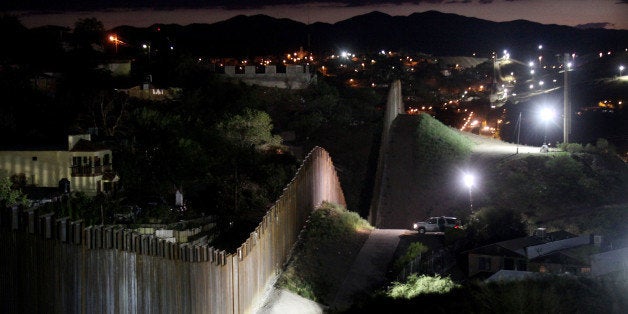
The recent influx of unaccompanied minors crossing illegally into the U.S. from Central America has prompted many elected officials, particularly conservatives, to strike a more hawkish tone on immigration. Republicans and a handful of Democrats in the House of Representatives voted symbolically to end President Barack Obama’s policy of deferring deportation for immigrants brought here illegally as children this month. Last week, U.S. Sen. Rand Paul (R-Ky.) said he also supported ending the 2012 policy, known as deferred action for childhood arrivals, or DACA. In other words, conservatives are responding to the border crisis by calling for the deportation of the so-called "Dreamers," undocumented youth who once rallied behind the Dream Act.
As we’ve written before, this view that DACA spurred this crisis isn’t based on much evidence. Today’s irrational immigration debate shows that elected officials still don’t understand why Latin Americans are crossing the border illegally and they have no idea how to address the problem.
To put the current crisis in context, roughly 63,000 unaccompanied minors, most of whom are reportedly fleeing violence and poverty in Central America, have crossed illegally into the United States since October. That figure represents about 3.8 percent of the total number of border apprehensions when illegal immigration hit its height back in the year 2000. Politicians like Paul seem not to have noticed that illegal entries have plummeted to a quarter of those peak levels. Apprehensions for illegal entry over the last few years stand at their lowest level since the 1970s.
To understand why the United States has the immigration problem it has, it’s best to look past the current crisis. Numerically speaking, it's not particularly significant. Since Mexicans are the largest national-origin group of undocumented immigrants in the United States, looking back at the case of Mexico can help provide a better understanding of the issue. U.S. policies implemented long before DACA played a role in exacerbating the problem of illegal immigration, while some economic and demographic causes responsible for it have nothing to do with U.S. policy.
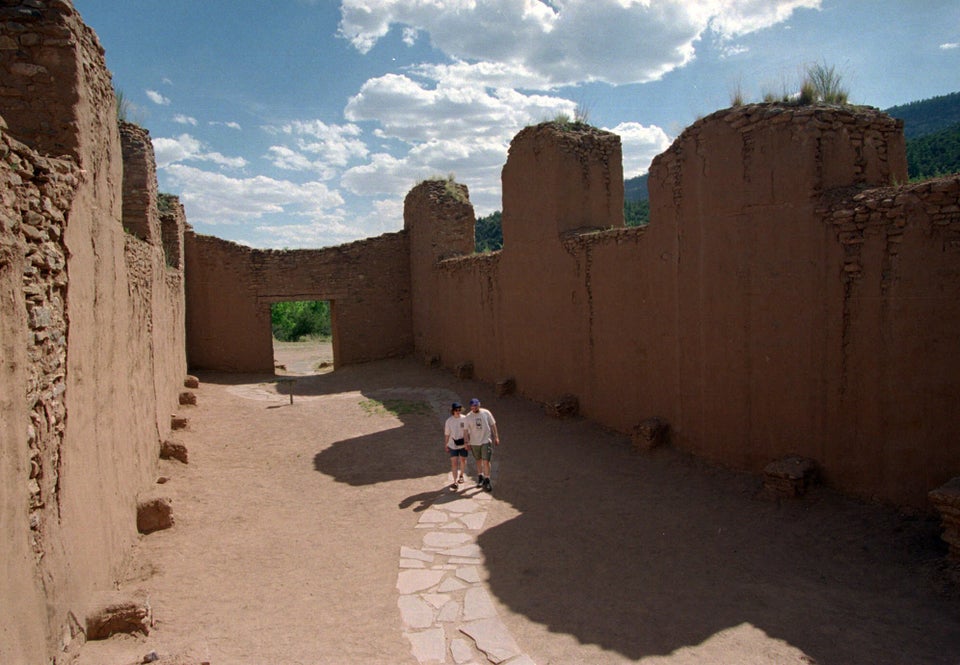
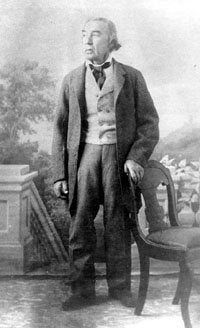
Local Mexican elites, alienated from a distant government seated in Mexico City, favored liberal immigration and many of them -- including politicians who would go on to hold public office in Texas after the revolution, like José Antonio Navarro and Juan Seguín -- supported the rebellion that led to Texan independence in 1836.
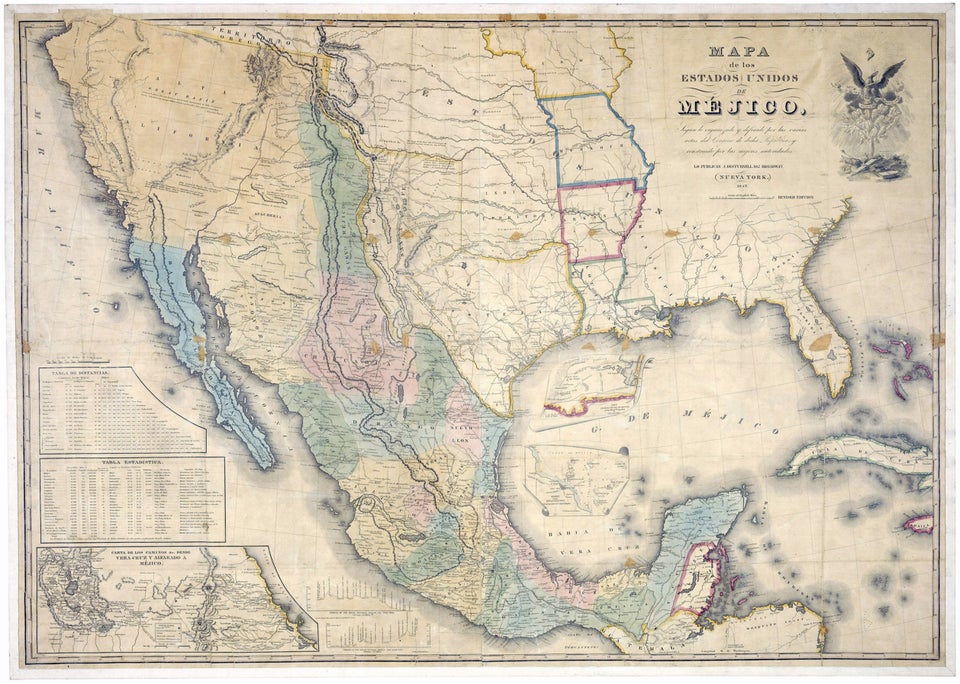
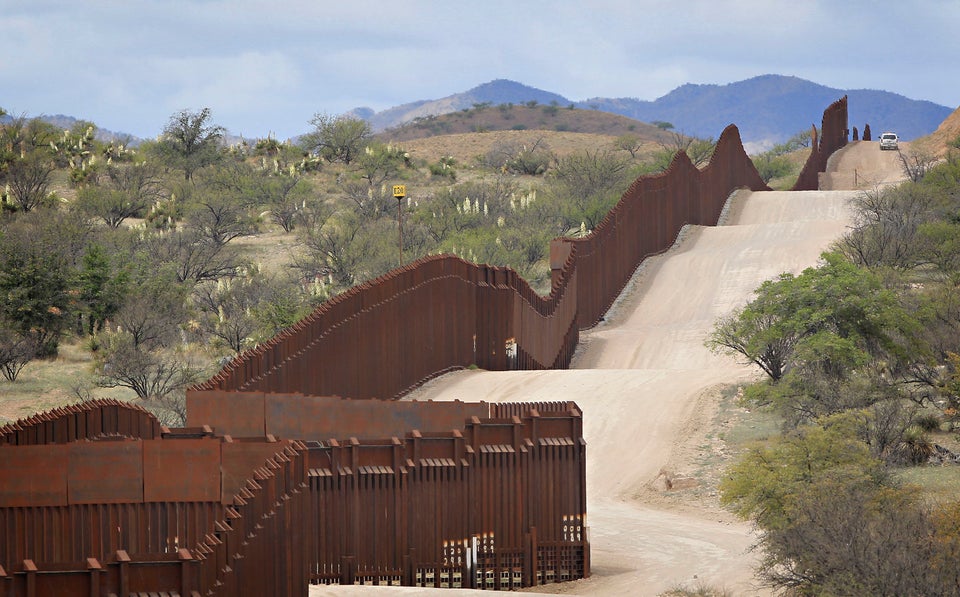
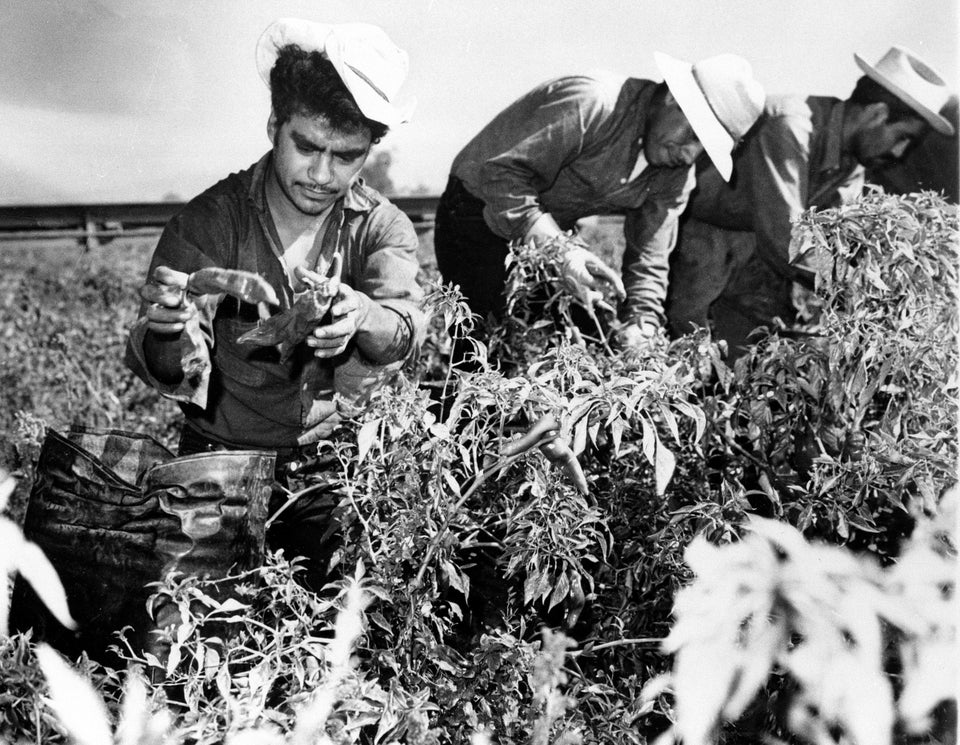
The program fueled circular migration patterns that continued long after the Bracero program was terminated. It’s not surprising that after the United States sought Mexican laborers, others agricultural workers followed in their footsteps.

The Immigration and Nationality Act of 1965 prohibited unskilled Mexican laborers from receiving Legal Permanent Resident visas, despite U.S. demand for labor and a large pool of unskilled labor in Mexico. Unsurprisingly, the number of undocumented Mexicans caught crossing illegally tripled from 1965 to 1970, according to a 2012 report by the Congressional Research Service.
By 1976, the backlog of Mexican applicants to immigrate to the United States topped 300,000. Congress responded by capping the number of immigrant visas for Mexicans at 20,000 in 1977 -- a number grossly out of sync with U.S. demand for Mexican labor and the supply of qualified and interested applicants.

The United States may soon envy the time when it easily attracted workers from Mexico, as the U.S. population ages and it becomes more difficult to attract foreign labor, according to O’Neil. “The 30-year wave of supply-led migration between the United States and Mexico has now passed, and will likely never happen again,” she writes.
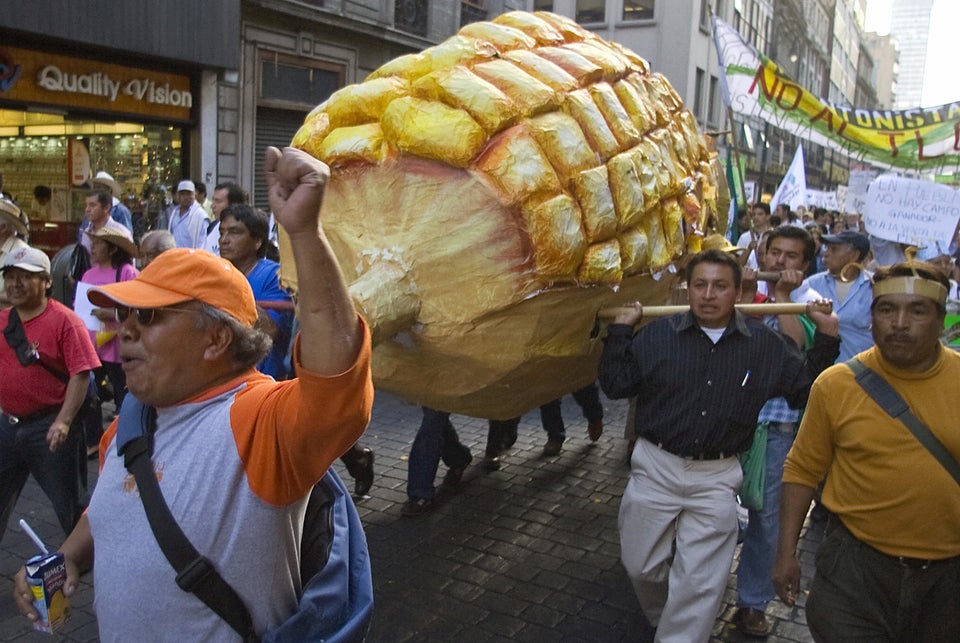
NAFTA put some two million farmers out of work, according to NPR, as cheap, subsidized U.S. corn imports flooded the Mexican market. Corn imports shot up from 2 million tons in 1992, two years before the treaty, to 10.3 million tons in 2008, The Nation reports.
